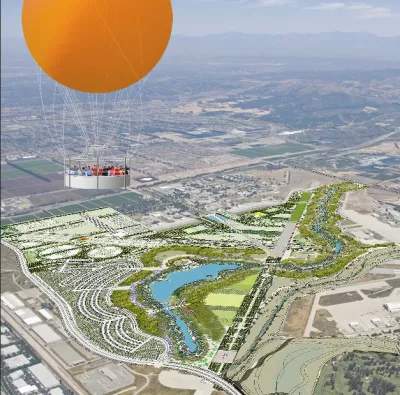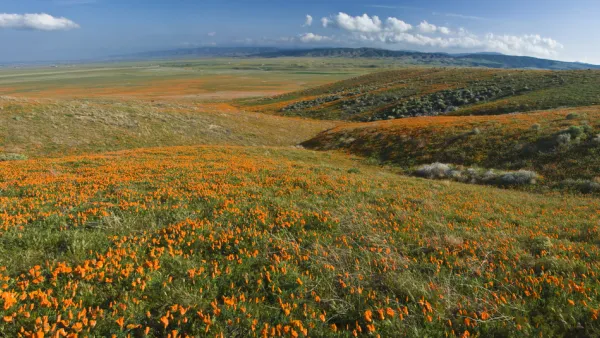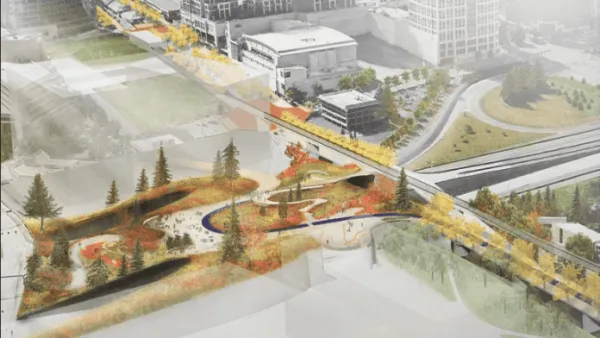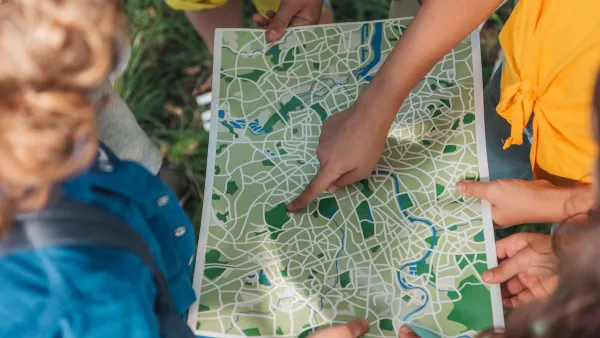With constrained budgets, a geographic information system (GIS) may seem like a luxury for parks agencies. But to perform data-driven planning and advance park equity, GIS is an indispensable tool.

This pandemic has put a spotlight on parks and our need for them for our health and well-being. It has also made clear that not neighborhoods are created equal and that some are severely lacking in parks and recreational facilities where residents can exercise and relax.
To address inequities in the distribution of parks and the funding needed to develop, operate, and maintain them, parks agencies are increasingly turning to GIS to help with planning, resource allocation, and decision-making. In this article, Los Angeles County planner Clement Lau explains how the Department of Parks and Recreation (DPR) has been using GIS. Specifically, he discusses the 2016 Los Angeles Countywide Parks Needs Assessment which was a historic and significant undertaking to engage cities and unincorporated communities within the county in a collaborative process to gather data and input to address data gaps and guide future decision-making on parks.
The Parks Needs Assessment was equity-focused and identified the communities with very high or high park need using GIS and the vast amount of data and public input collected through the process. Lau also shares that DPR has developed an internal user-friendly, web-based mapping and analysis tool called the Park Planning Viewer, which "effectively democratized GIS at DPR, enabling any staff to visualize and analyze parks data in relation to other layers of information, such as income, race/ethnicity, and various healthy indicators, and quickly prepare maps at their own computers." This tool is cost-effective because it saves DPR from having to buy individual GIS software licenses for all staff, and encourages all to think spatially, analytically, and comprehensively by having easy access to a variety of data.
The article demonstrates the increasing value of GIS as a planning tool and the importance of data to make informed decisions. As Lau explains, "Our ultimate goal is not only to produce pretty maps, it is about providing sound analysis that facilitates informed park planning, decision-making and resource allocation that benefit the communities we serve."
FULL STORY: Data-driven park planning: We all need green spaces to thrive. Data can make that happen

National Parks Layoffs Will Cause Communities to Lose Billions
Thousands of essential park workers were laid off this week, just before the busy spring break season.

Retro-silient?: America’s First “Eco-burb,” The Woodlands Turns 50
A master-planned community north of Houston offers lessons on green infrastructure and resilient design, but falls short of its founder’s lofty affordability and walkability goals.

Delivering for America Plan Will Downgrade Mail Service in at Least 49.5 Percent of Zip Codes
Republican and Democrat lawmakers criticize the plan for its disproportionate negative impact on rural communities.

Test News Post 1
This is a summary

Test News Headline 46
Test for the image on the front page.

Balancing Bombs and Butterflies: How the National Guard Protects a Rare Species
The National Guard at Fort Indiantown Gap uses GIS technology and land management strategies to balance military training with conservation efforts, ensuring the survival of the rare eastern regal fritillary butterfly.
Urban Design for Planners 1: Software Tools
This six-course series explores essential urban design concepts using open source software and equips planners with the tools they need to participate fully in the urban design process.
Planning for Universal Design
Learn the tools for implementing Universal Design in planning regulations.
EMC Planning Group, Inc.
Planetizen
Planetizen
Mpact (formerly Rail~Volution)
Great Falls Development Authority, Inc.
HUDs Office of Policy Development and Research
NYU Wagner Graduate School of Public Service





























